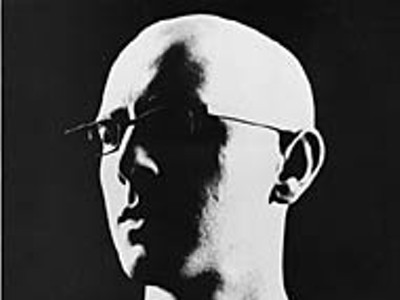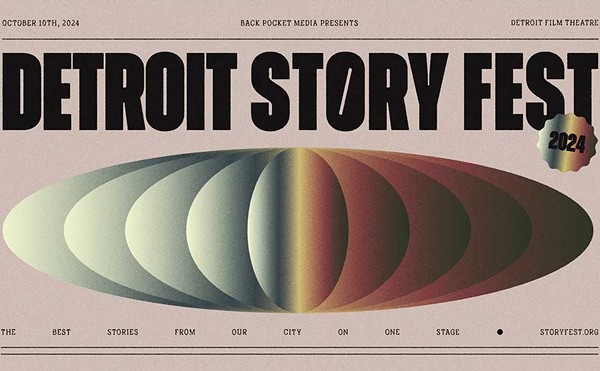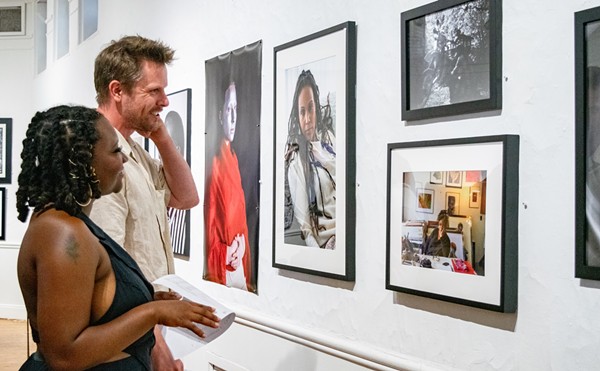When Kimberly Peirce began working on her debut film, Boys Don’t Cry, she didn’t envision an exploitative true crime story. In Brandon Teena, the young woman posing as a man who was murdered in a small Nebraska town six years ago, Peirce recognized a kindred spirit to the gender rebels she had been researching; women such as the Civil War spy posing as a man who was the center of Peirce’s thesis script at Columbia University.
"There was a whole history of Hollywood films," said Peirce at the 1999 Toronto International Film Festival, "that talked about people who had cross-dressed to get what they couldn’t get in the gender that they were born into."
In a film such as Billy Wilder’s gender-bending screwball comedy, Some Like It Hot (1959), she continued, "you never think for a minute that (Tony Curtis and Jack Lemmon) want to be women – they’re just doing it to meet their ends."
But historically, women dressing up as men had more profound implications. It served as one of the few ways women could break out of their prescribed destinies and access, on their own, things that were traditionally only granted to men: education, independence and power.
These desires have been expressed in recent historical films such as Barbra Streisand’s Yentl (1983), where a Jewish girl pretends to be a boy in order to receive male-only religious instruction – or Maggie Greenwald’s The Ballad of Little Jo (1993), where Suzy Amis discovers the only way she can be a single woman in America’s frontier West is as a single man.
Then there’s Sally Potter’s imaginative and immensely witty Orlando (1993), whose central character lives from Elizabethan times to the present, changing from a man to a woman along the way. Potter hypothesizes that even though Orlando loses his fortune and property, becoming a woman brings its own valuable experiences, and ultimately it’s someone who can see both sides of the gender divide who has the most valuable perspective of all.
So it comes as no surprise that female cross-dressing has become a particularly fertile subject for women filmmakers, who are functioning in what is still a male-dominated industry.
"What happens to any girl in America," Peirce explained, "is that there comes a time when somebody says, ‘Stop wearing pants, stop hanging from trees, stop go-kart racing and put on a dress and act like a girl.’ When I realized that the things that I wanted to do were not necessarily called ‘girl’ things, I started looking for role models and I started appropriating guys."
This extended to her cinematic icons, independents and neo-realists such as John Cassavetes, Martin Scorsese, Roberto Rossellini and Pier Paolo Pasolini.
"I looked up and all my heroes were men," continued Peirce, "but then when I started to read about girls who dressed as guys throughout history – these sailors, these pirates, these adventurers – that was something thrilling. They got by just being who they were, and yet they were following ‘male’ behavior. So when I discovered Teena, it was like she just plugged into that need for somebody to identify with, and I found what she did was absolutely extraordinary."
In her late teens, Teena Marie Brandon reinvented herself as Brandon Teena, taking the leap of faith that others would perceive her as a man because, as Peirce said, "that’s who she believed she was."
Even though this was the early 1990s, long after the women’s and gay rights movements had begun to alter American society’s rigid gender conventions, those changes hadn’t filtered down to Brandon Teena. Kimberly Peirce explained that a major factor in this story was something that’s rarely discussed honestly in America: class distinctions.
"Class affects everything that you ever do," she asserted. "It affects if you get educated; it affects what jobs you have; it affects your aspirations, your sense of yourself."
"The transformation that Brandon went through," she continued, "was even that much more miraculous because Teena was from a trailer park, because she didn’t have education, because she didn’t have any models."
Leaving Lincoln, Neb., for the even smaller Falls City, Brandon fell in with an aimless group of young people, becoming particularly close to a charismatic troublemaker named John Lotter and his friend from his numerous prison stays, Tom Nissen. But when Brandon fell in love with John’s would-be girlfriend, Lana Tisdel (whom Peirce interviewed extensively), the dynamic became more complex.
Eventually, it was Brandon Teena’s friends, Lotter and Nissen, who raped and killed her after learning that Teena was really a woman.
"Murder is a relationship between two or more people," said Peirce, "and the only way to really understand Brandon’s death was to make sense of the guys."
The key to Boys Don’t Cry, Kimberly Peirce believed, meant trying to piece together all the rage, insecurity, desire, jealousy, betrayal and numbing boredom that defined the lives of these particular people and see how that led to this most personal of crimes.
"Brandon aspired to be," she explained, "a shit-kicking, hard-ass, drinking, girl-chasing straight guy. I mean, of all things to be, that’s what he aspired to. And who did he pick for his role model? John Lotter. It was a recipe for disaster."





